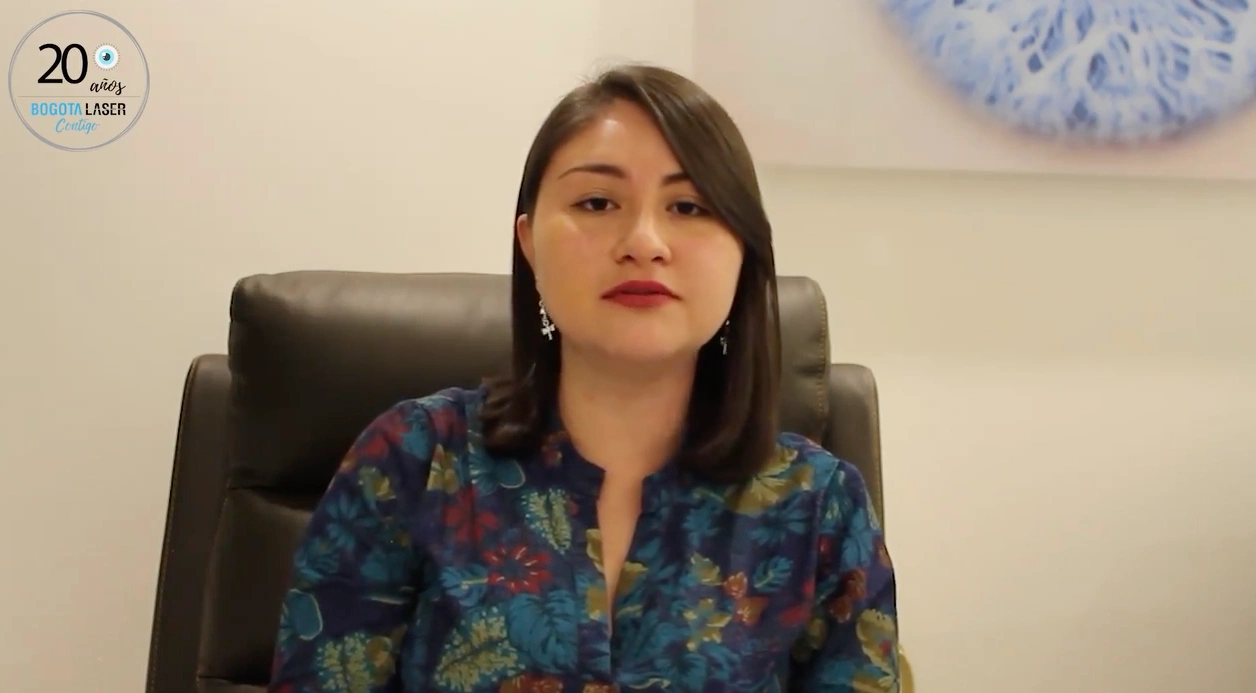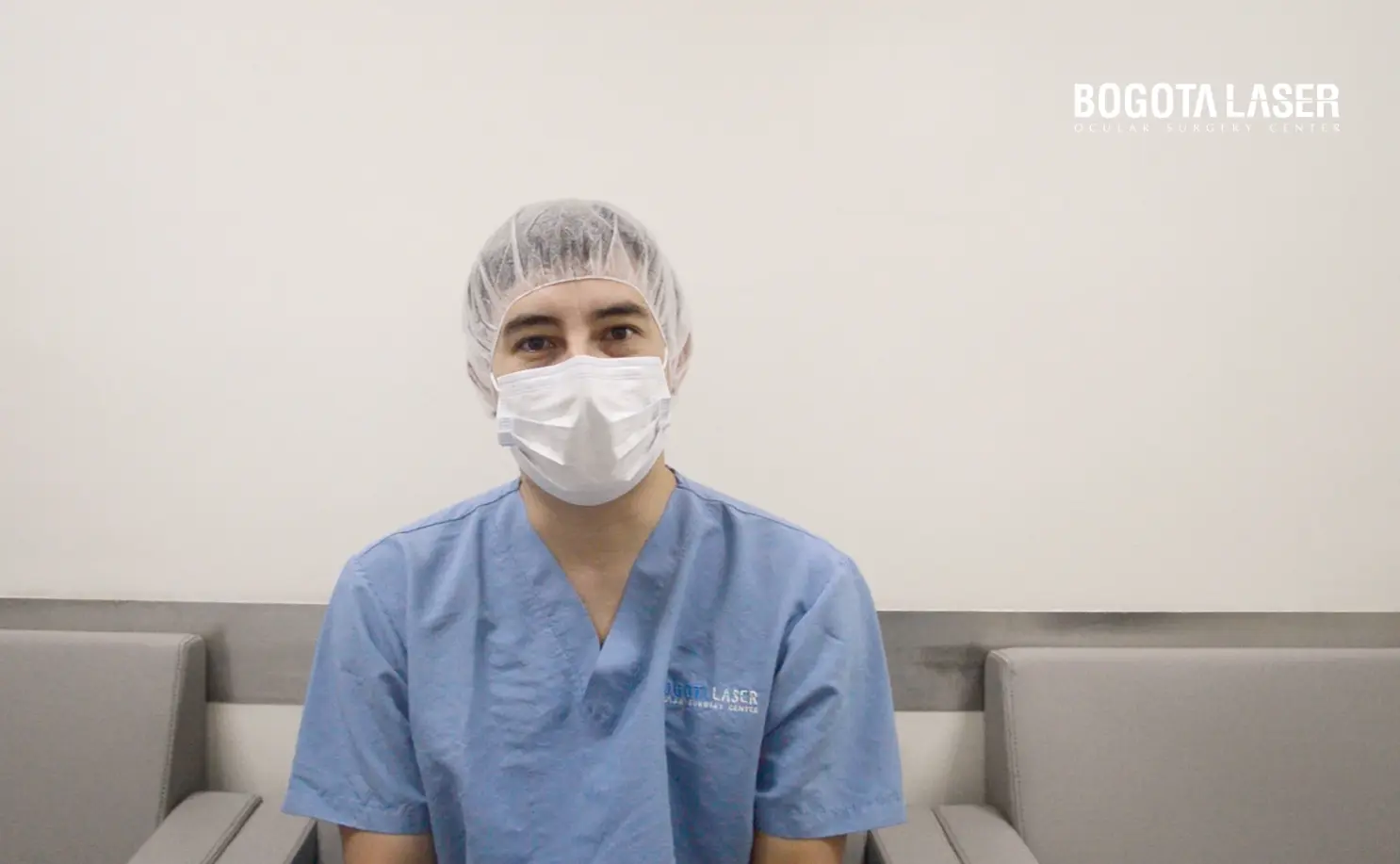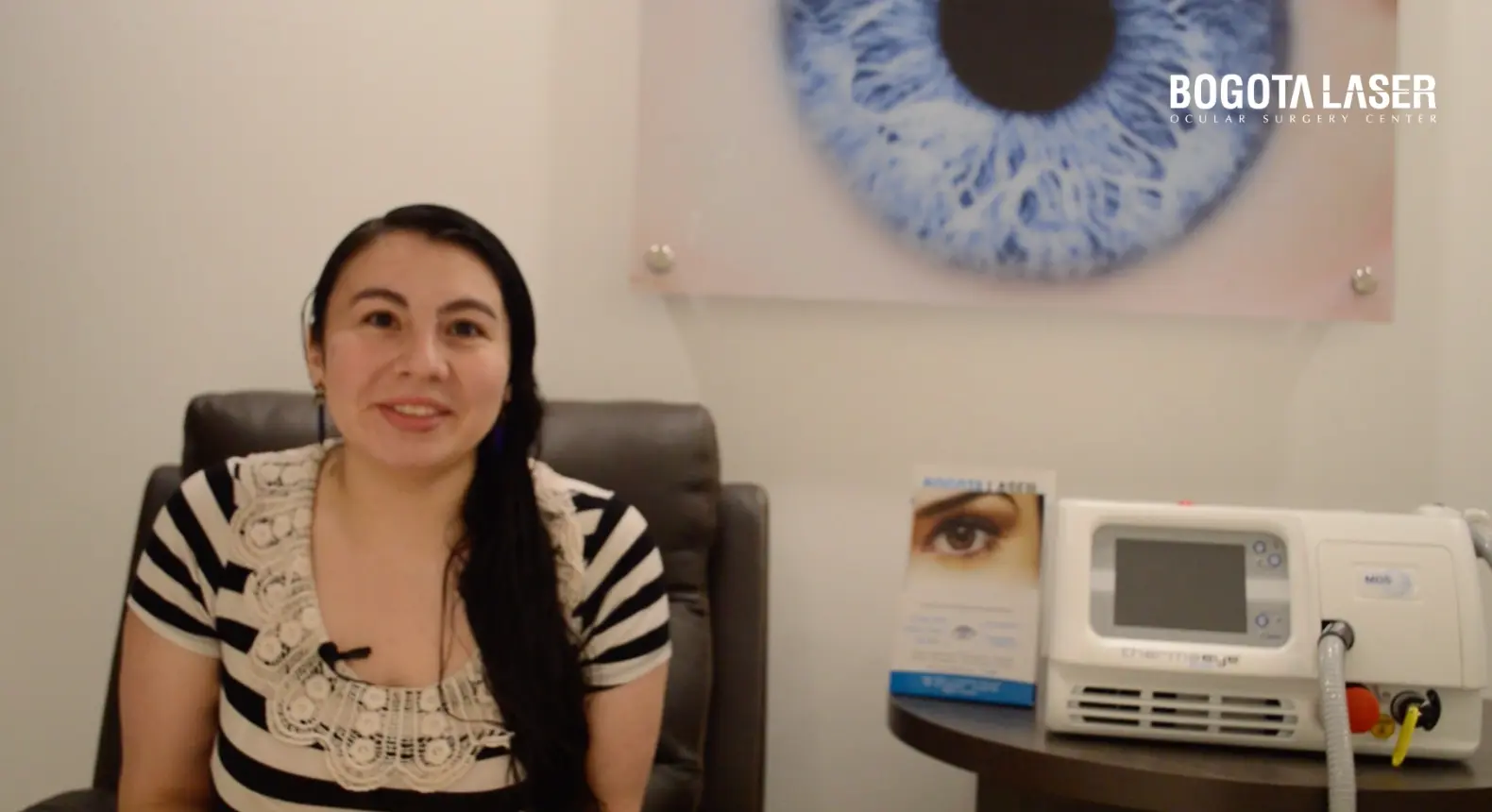Visual defects
Correct vision is characterized by normal visual acuity and field of vision. Visual acuity enables us to perceive, detect, and identify objects, while the field of vision refers to the angle of space that the eye can capture. These two aspects are considered normal because they ensure that the image of an object is accurately projected onto the retina. However, when the image is not properly focused on the appropriate site of the retina but instead at another point, visual disorders or defects may occur

Astigmatism surgery
Astigmatism is a common refractive defect that causes blurred vision both near and far. It occurs when the front surface of the eye (cornea) or the lens inside the eye has uneven curves.

Cataract surgery
Cataracts are a very common eye disease that affects many people. They occur in the eye, clouding the lens and causing the vision to become frosted or blurred.

Hypermetropia surgery
Hypermetropia is a vision problem for seeing objects up close, while distant objects are seen more clearly. It is an error in visual focus that impairs the perception of nearby objects.

Myopia surgery
Myopia is a refractive defect in which light rays entering the eye are focused in front of the retina, with the focus located in a position anterior to it. It makes distant objects appear blurry.

Presbyopia surgery
Presbyopia is a condition that affects the eyes, gradually causing a loss of the ability to focus on nearby objects. It is recommended to treat it promptly as it can progress rapidly. It usually occurs in people between the ages of 40 and 45 and can worsen until around 65.

Keratoconus surgery
Keratoconus is a rare condition in which the cornea (the transparent part on the anterior surface of the eye) is abnormally thin and bulging forward.
OTHER VISUAL DEFECTS
TESTIMONIALS
Book your appointment




